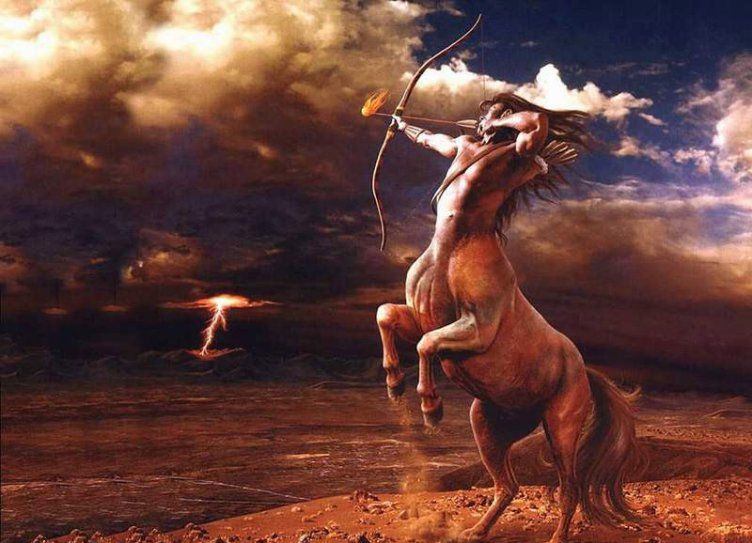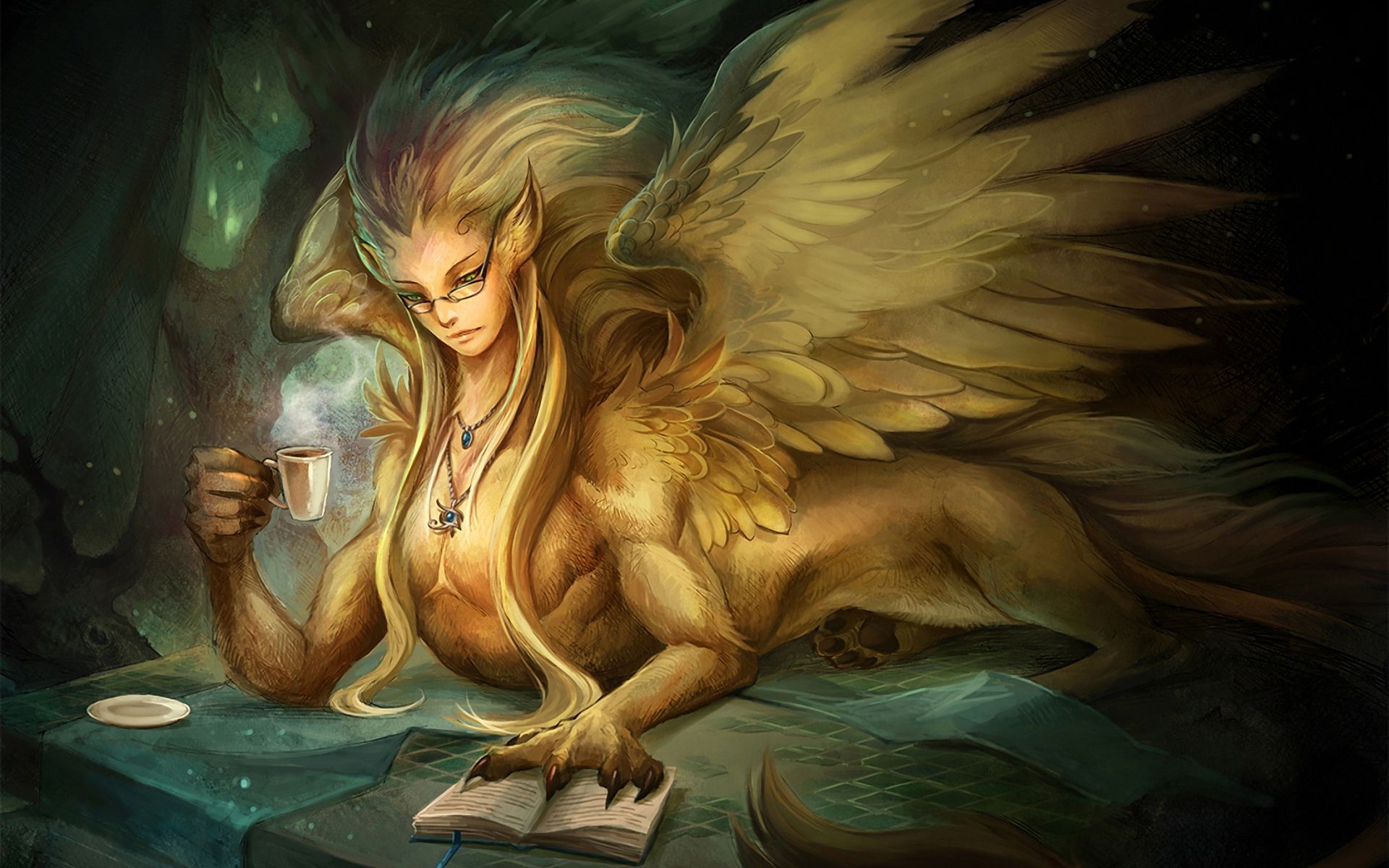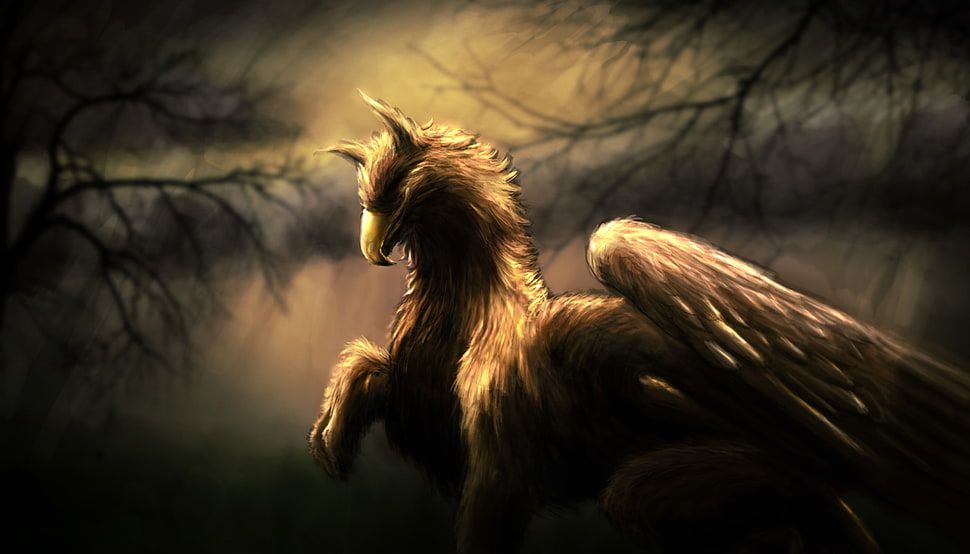Beast Stories from Ancient Greece...
If the vast array of Greek stories and histories were woven into a massive cloth of chronicles, you would notice sprinkles of beasts, enormous and poisonous, powerful and crooked, hanging around among the thread and wool. The horrific births, hostile lives, and pitiless deaths of these creatures pose the perfect subject for an enthusiastic writer to elaborate on. Yet, the fact is that we have to admit the interesting stories and details of these beasts are too exhaustive for this blog. So here we go with my favorite picks to dive deep into this sea of amazingness!
Cyclopes
"Cyclopes", which is loosely translated as "round-eyed" splendidly refers to these creatures' signature characteristic, which is the horrifying single-eye that lies in the very middle of its forehead. Apart from that Cyclopes are known to be gigantic creatures with immense strength.
There are two types of Cyclopes identified in history; Hesiod's Cyclopes and Homer's Cyclopes. There are only three of Hesiod's Cyclopes, namely Arges, Steropes, and Brontes. Homer's are a race of violent, colossal, and unintelligent shepherds who are related to Poseidon.
According to the tale, Hesiod's Cyclopes had a special skill in metalworks and handicrafts and therefore ended up in the workshop of Hephaestus. They are said to be the craftsmen of Zeus' thunderbolts, Athena's armor as well as Ares' chariot. The legend says that all three of these met with untimely deaths at the hands of the Greek Gods. First, Arges was killed by Hermes, in guarding lo. Later, the other two were killed unfairly by Apollo for a murder done by Zeus.
The most infamous Cyclops of Homer's race is the man-devouring monster Polyphemus. According to Homer, it was blinded and outwitted by Odysseus. Following authors have also taken the liberty of making its tale romantic and dramatic by portraying it as the would-be lover of Galatea the nymph.
Centaur
This is one of the best examples of the unique feature of Greek monsters of sharing physical appearances with humans. A centaur is a magical creature whose head, torso, and arms look like that of a human, and the rest a horse's body.

Centaurs are said to be evolved from a deformed child of Ixion, the king of Lapiths, and Nephele, a cloud made to look like Hera, called Centaurus who lived in the wilds of Thessaly and mated with wild mares. Out of the extended line of Centaurs that followed the most famous is the wise Centaur, Chiron.
Amongst its lustful and wild counterparts, Chiron stands out for its modest and civilized behavior and especially for the said medicinal and teaching abilities it possessed.
Chiron indeed is the tutor of a number of phenomenal Greek characters such as Achilles and Aesculapius. Later in life, it was accidentally wounded by Heracles, by an arrow treated with Hydra's blood, but its immortality saved its life. Yet, the pain of the wound was so high that it volunteered to sacrifice its life in exchange for the freedom of Prometheus and Zeus.
Sphinx

Another example for the relationship of physical appearances of Greek beasts with humans is the Sphinx, a creature with a womanly head and a body that of a lion. The wide span of Greek stories only relates to just one Sphinx, which makes it a very unique creature.
According to the legend, her duty was to play a gatekeeper role, in the city of Thebes by asking riddles from passers-by to let them pass. It is also mentioned that only Oedipus could answer her riddles correctly. After his successful attempts, the Sphinx committed suicide, though the way by which she did it is a riddle in itself. This death is considered to be symbolical which is said to imply the transition of Greeks from older religious practices to new ones.
Hydra
This is an enormous water-serpent with numerous heads. It is said to have haunted the swamps of Lerna. Possibly the most ferocious thing about this beast was that if one of its heads were cut, two would spring in its place.
Heracles was the one to slay the beast finally. Its last head, the immortal one, was cut by a golden sword yielded by Athena herself. It is also said that in this battle, Hydra was helped by Hera, by sending a giant crab to aid it. Even after its death, the venomous blood of Hydra is said to have yielded so much pain to the warrior.
After death, Hydra was turned into a constellation by Hera, to commemorate its deeds in her aid.
Griffin

Yet another hybrid creature of the Greek world, Griffin, is featured with an eagle's head and wings and a lion's body. According to history, the first theories of Griffin didn't originate in Greece, yet in East Asia, from where vendors and merchants brought the tales of it to Greece.
Griffins' task in the Greek world was to guard the rich deposits of gold in the mountains of Scythia.
In different places in Greek tales, Griffins are associated with Zeus, calling them the "hounds of Zeus", as well as Nemesis and Apollo.
Arachne
According to the tale, Arachne was a human weaver that was turned into a spider by Athena for challenging her to weave better than herself. In the contest, Athena is said to have weaved four stories of humans who were punished by Gods for challenging them, and Arachne, four stories in which Gods abused humans. Athena, infuriated by the depiction of Arachne's stories as well as her better weaving skills, poured Hecate's potion onto her, bringing about the well-known transformation.
So the spellbinding stories unveil, of Gods, of Beasts, and demigods. As you may already have noticed, the beasts act as a necessary evil, as well as abused preys to create senses of terror and pity in the reader or listener.



